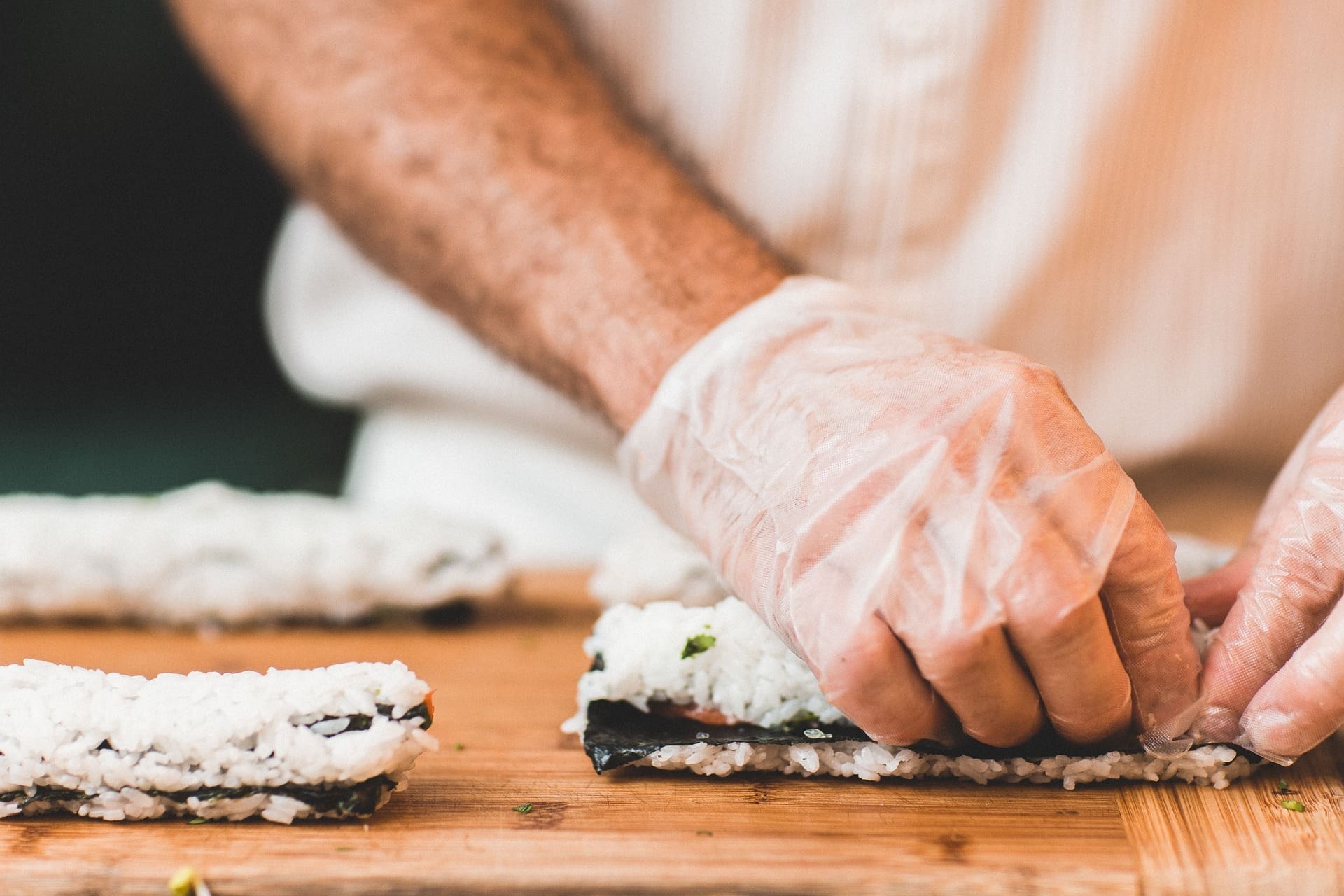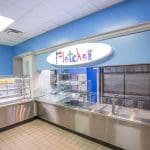LTI has been taking on increasingly more complete renovation projects using higher-end custom equipment, and…
How to Offer Serving Customization

The demand for meal customization is at the top of every food serving and restaurant trend list for 2019 and will continue to be for years to come. And while non-commercial operators are very much aware that meal customization is what their customers’ want, the question of how to implement customized serving is still all too common.
Before finding an answer and deciding how to implement customized serving, there are a few questions that operators must consider. The answers will help determine which serving plan to utilize.
- Are you adequately staffed? You will need to determine if your current labor force is at an appropriate and efficient size, or under- or overstaffed.
- How many customers do you need to be able to serve? You’ll need to know what your current meal counts are at each station and calculate the increase in customers after implementing a meal customization program. You’ll also need to decide if you have sufficient space to accommodate the number of patrons.
- How long are your customers willing to wait? Your customers’ acceptable wait times could range from practically zero to having five or 10 minutes to wait for a customized meal.
Once there are solid answers to these questions, you can more easily consider which of the three customized serving options you’ll want to offer.
- Complete customization: This is, as one would think, your fully customized, made-to-order style of serving. Everything will be cooked or plated after the customer orders, and they will get exactly what they’ve asked for with nothing pre-cooked or pre-prepared. This will require the most labor, the most space (especially if you want more space for customer dining) and the food will take the longest to prepare.
- Made-to-order/Premade Hybrid: This will include mostly customizable options but items that are served in bulk such as chicken or rice are prepared ahead of time and ready to go, which helps cut costs and wait times. A moderate amount of labor will be required, but less than the fully customized option since some items are prepared ahead of time. Wait times will be for the most part quicker, but since there is still some food prep, customers can expect a few minutes for food to be prepared.
- Just made: Food in this option is prepared in batches and served in an assembly line, so the product is still very fresh. One example of this is a hollowed-out bread bowls where the customer can then choose their pre-made soup. This can be supplemented with a self-serve topping bar away from the main line that allows customers to further customize their order. This option requires the least amount of labor, the least amount of space and will be the quickest in terms of meal prep.
Across all these options, customers receive a customized order, albeit at different levels. There are some operational considerations that should be considered at each level.
First, every design should be supported with a complete grab ‘n go meal area. If speed is at a premium by providing grab ‘n go as an option, there will at least be a faster alternative. The topping bar should also be added as a supplemental station to support salads, grilled items, pasta or any other type of food that lends itself to personal preference.
Second, as we move into the age of automation, operators who choose to use automated equipment should be sure that it supports customization. For instance, Sally the Salad Robot is a recent example of equipment that focuses on automation and customization equally. Finally, no matter what level of customized serving is being used, ensure that it is flexible. As tastes and trends change, your menu will too. Be sure you can handle those changes over time and that your equipment can adapt to demands that could range from hot to cold to freezing menu items.
For more information on LTI innovations that can support custom serving options now and into the future, visit our serving technologies page.



